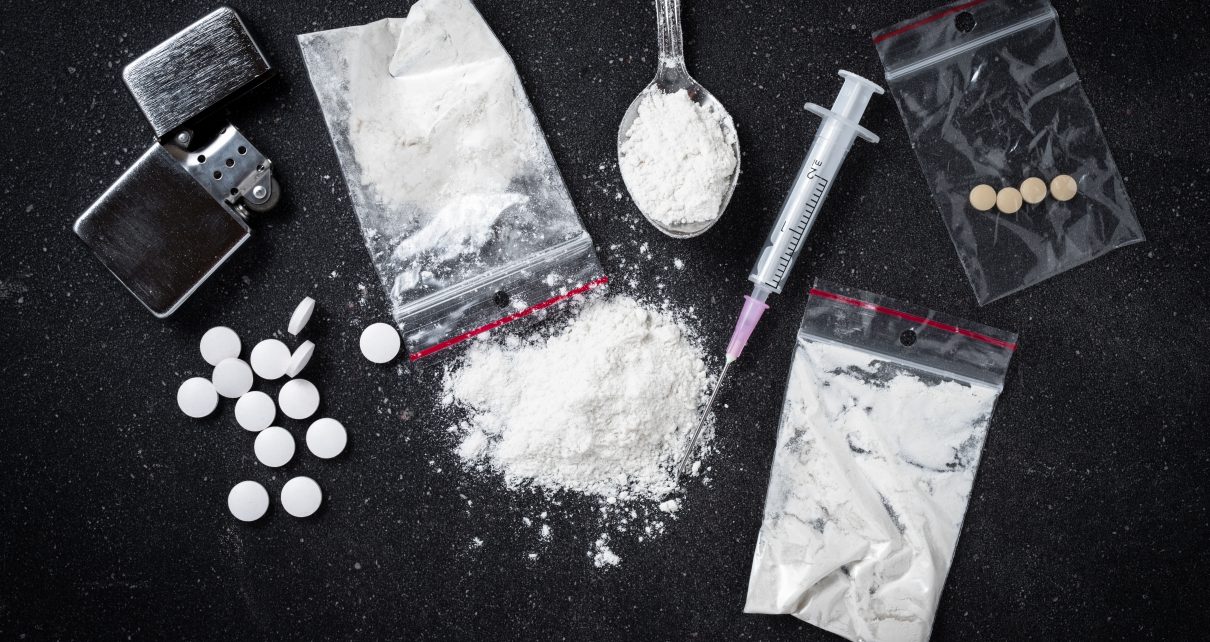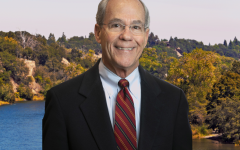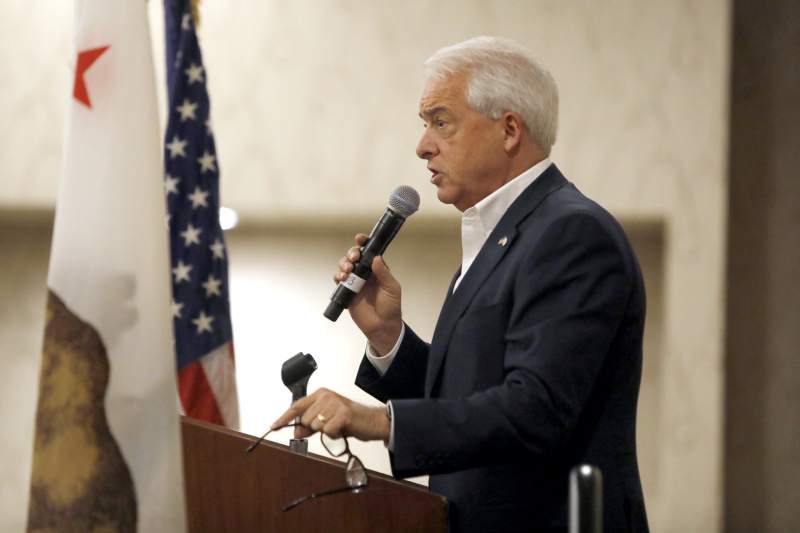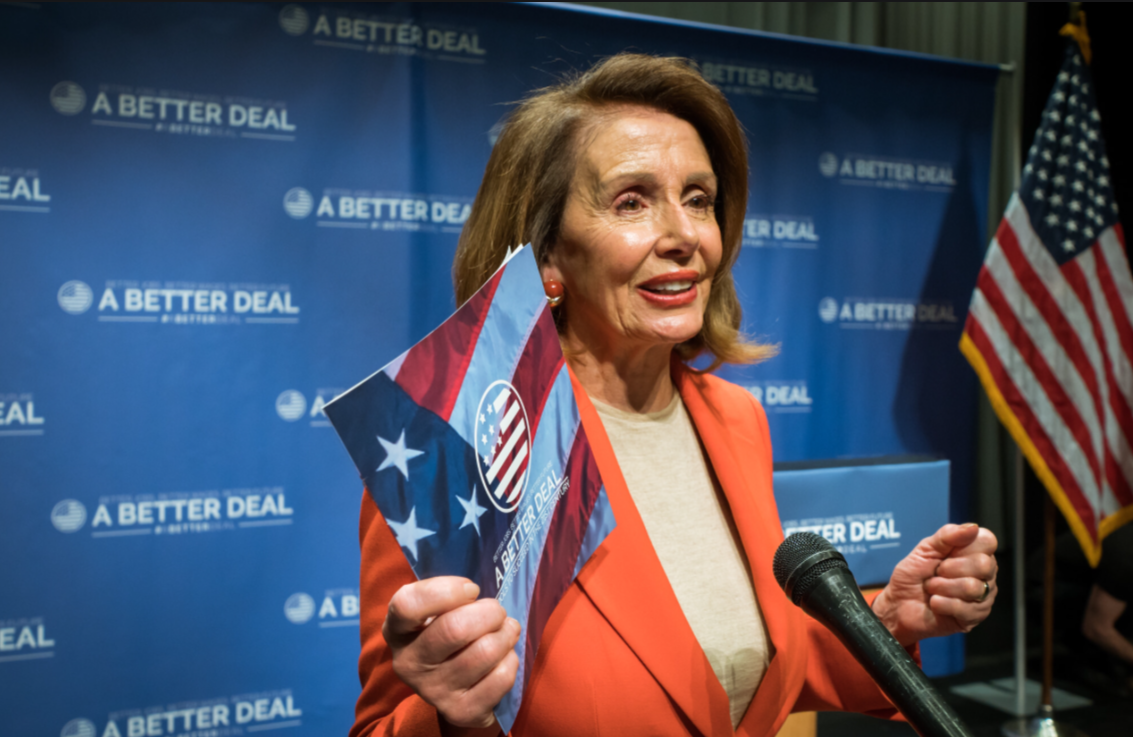
Hard drugs. (Photo: Leszek Czerwonka, Shutterstock)
A Time When America United to Discourage Kids From Taking Drugs
Under Clinton we went from ‘just say no,’ to ‘just say nothing’
By Michael Rushford, April 11, 2024 4:21 pm
A review of the book DARE to Say No: Policing and the War on Drugs in Schools (Max Felker-Kantor, The University of North Carolina Press) in the May 2024 issue of Reason Magazine looks back 42 years to the launch of a Reagan Administration’s effort to convince school children that taking drugs was a bad idea. The article by Joe Lancaster describes Professor Felker-Kantor’s view that the DARE program, which brought police officers into classrooms to discuss the dangers of drug use, and the First Lady’s “Just Say No” campaign, which utilized public service announcements and school curriculum to convince kids to avoid illegal drugs, were both failures.
“In hindsight, DARE is primarily remembered as a joke, a bunch of cops acting out hokey anti-drug skits. By 1994, a decade after the program’s founding, studies clearly indicated that the DARE curriculum had little to no effect on rates of youth drug use,” writes Lancaster. “Much of the program was therefore driven by politics rather than any proven methods of reducing drug use,” he added. The article then focuses on the negative aspects of having police officers in schools, even suggesting that doing so was encouraging children to inform on their parent’s drug use.

But between 1982 and 1992, when these programs were promoted by the White House, schools, and the media, something happened that Mr. Lancaster and Professor Felker-Kantor neglected to acknowledge.
According to the National Institute on Drug abuse, during that ten-year period the number of regular cocaine users dropped from 5.8 million to 1.3 million nationally. Regular marijuana users declined from approximately 22 million to 8.5 million. Equally dramatic declines in use were seen with virtually every other category of illegal drug.
These declines were in sharp contrast with data after the first three years (1993- 1995) of the Clinton Administration, when Department of Justice data show that hospital emergency room admissions for heroin and cocaine increased by over 44%. During that same period drug use among children between the ages of 12 and 17 increased by over 50%.
One clear difference between the decade of declining drug use and the reversal of that decline between 1993 and 1995 was national drug policy. It remains clear today that the success of a national effort to reduce drug use, especially among children, depends very much on who occupies the White House. During the Reagan/Bush years, the War on Drugs was an administration priority advanced through legislation, aggressive interdiction and prosecution, and a persistent effort to deglamorize drugs and educate children about the dangers of drug use. Invariably, presidential speeches incorporated both anti-drug message and recognition for community activists fighting drug abuse locally. Although Mrs. Reagan’s “Just Say No” campaign was widely panned in the media as naive, I recall my elementary school-aged children bringing home posters and buttons with this anti-drug message and listening to them explain over dinner how drug and alcohol abuse hurt people. I was delighted to hear my kids and their friends repeating the message of the very effective public service television, radio, and print ads depicting a fried egg over the words “this is your brain on drugs.” During this period, especially with children, using drugs became quite “uncool.” The results proved that with the proper leadership a War on Drugs could produce major reductions in drug use.
In 1993, one of President Clinton’s first official acts was to cut the Office of National Drug Control Policy budget by 80%. In the months that followed, Clinton’s U.S. Surgeon General, Joycelyn Elders, suggested that Congress should consider legalizing drugs. This suggestion came at about the same time that her son was arrested on drug charges. A May 12, 1996, Los Angeles Times article reported that under the Clinton Administration, the Department of Justice policy for drug smugglers caught at our border was to send most back without prosecution. And, of course, neither the President nor the First Lady seemed interested in carrying on any sort of national effort to discourage drug use among children. As the former head of the Drug Enforcement Administration, Robert Bonner put it, “under Clinton we went from ‘just say no,’ to ‘just say nothing.'”
Today, roughly 100,000 Americans die each year from drug overdoses; 70,000 of them from fentanyl. Many of these victims are teen-aged children and young adults who were never exposed to any organized effort to warn them about the dangers of drug use.
While parents play a primary role in encouraging positive behavior from their children, for a brief period in the 1980s they had valuable help and support from the President, the First Lady, educators, advertisers, and law enforcement to say no to drugs. For tens of thousands of children and their parents, this made a real difference.
- Murderers Seek to Overturn Convictions Under California’s Racial Justice Act - November 3, 2025
- CA Appeals Court Blocks Early Release of Murderers - July 30, 2025
- California Democrats Plan to Starve Proposition 36 to Death - April 3, 2025





Thank you for highlighting the importance of drug prevention education.